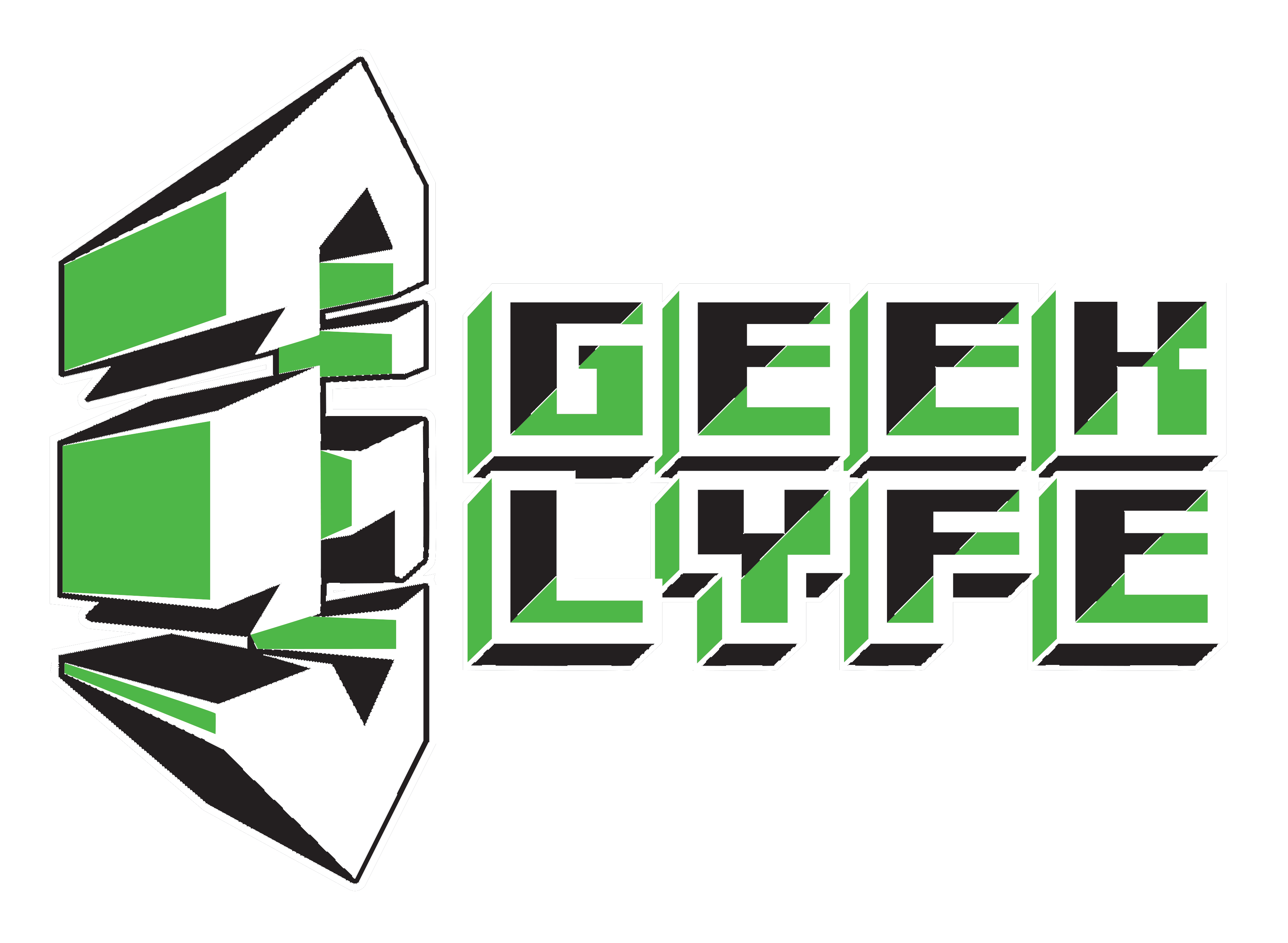
The vast world of art gyrated around the Impressionist movement until the late 19th century. Natural modes of light and subtle colour palettes defined the technique used by Impressionist painters. This was until the revolutionary and incredulously brilliant Vincent Van Gogh smoothly transitioned the world into Post-Impressionism.
‘Café Terrace at Night’ by Vincent Van Gogh is the quintessential Post-Impressionist oil painting with its entire element oozing out from just a glance. This painting brought the artist many laurels and stained his name into the art history because of its shrouded symbols and techniques, many of which we’ll be taking a tour of.

Why was ‘Café Terrace at Night’ considered a beacon of Modern Art?
The magical aspect of ‘Café Terrace at Night’ is its myriad of ideas infused in the painting. For many critics, this painting was incomprehensible and an object of ridicule because nobody peeled off its layers. So let’s dive right into the properties and nuances of this famous oil painting.
Van Gogh very smartly played with light, creating a contrast which spoke more than words ever could. The dark surroundings at the top of the painting is starkly juxtaposed with the bright lighting of the café and the lit windows of the small buildings around. The illuminating source is seen as only the café whose light is piercing into the darkness of the surroundings. The warmth of the yellow light amongst the darkness is symbolic of Van Gogh’s career and how he rose from being misunderstood and unrecognised to fame and fell into the comforting arms of his admirers.
The blast of yellow in the painting isn’t circumstantial but a portrayal of Gogh’s attachment to the colour which stands for happiness as well as religious allusion and can also be seen in his Yellow House.
Vincent Van Gogh manipulated the focus and colours to give an illusion. When you peep farther into the painting, the defined lines start to merge with each other. The carefully laid out structure of the café and the people walking on the street become blurry and faded out which stands contrasted with the meticulously drawn structures like the café and the stars. This gives the onlooker an illusion of motion which only Vincent Van Gogh could pull off.
VAN GOGH’S PAINTING STYLE
Van Gogh has used numerous techniques which sets him poles apart from his contemporaries. The impasto is one of them and a vital secret ingredient in each of Gogh’s painting, including this one. Impasto is a painting technique which entails layering of multiple coats of paint with the same brush. This induces depth in the painting as it highlights each stroke of the brush, making the painting all too realistic. This had to be made realistic since this painting is of a beautiful café in Arles, France which was then locally called.
INTERPLAY WITH COLOURS
If we look at the people sitting in the café, we see that they are wearing outfits which are either brown or black. Both of these colours dominate the two inanimate objects of the painting, namely the café which has brown doors and the road which is pitch black. Also, standing amongst this crowd of customers is a waiter whose uniform shares colours with the table which is white.
It is inching towards the mechanisation of people which marked the beginning of capitalism in Europe. It’s no coincidence that the waiter’s uniform is white but indication of how he becomes associated with his surroundings to a point where he’s equated with an object. Another example of this interplay is how the people walking on the street lose their bodies to the darkness of the street and of the night.
VAN GOGH’S ODE TO DA VINCI
Many scholars like Steve Naifeh and Gregory Smith (who wrote his biography) have argued that the Café Terrace at Night has an uncanny resemblance to The Last Supper. A closer look at this painting will reveal that it has 12 figures with a cross subtly visible in the background as well as cross-like shapes hiding as well. A detailed look could reveal a long haired figure in the crowd which is believed to be Judah. The idea of religiousness cannot be eliminated due to the yellow scattered all across the painting. It could be seen as Van Gogh’s attempt of a modernised version of the Last Supper after the Industrial Revolution and could be a critique on its impact. Many scholars have researched into this and believe it to be homage by Van Gogh to the great painter, Leonardo Da Vinci.
The grandeur of the painting and the man himself couldn’t be expressed in words for he showed the world how to paint. Van Gogh was ridiculed by most of his critics because no one wanted to understand his genius but then again, maybe could.
This painting is an embodiment of everything Van Gogh was and displays him in all his glory where he’s playing with the focus of the onlooker as well as different colour schemes. This café in France till date can’t match the magic Van Gogh brought into his painting.
Chicano | Fighting/Writing for Diversity | DM since 08 | Anime Lover | Site: https://www.thegeeklyfe.com | info@thegeeklyfe.com | http://twitch.tv/that_deangelo | https://linktr.ee/deangelomurillo




